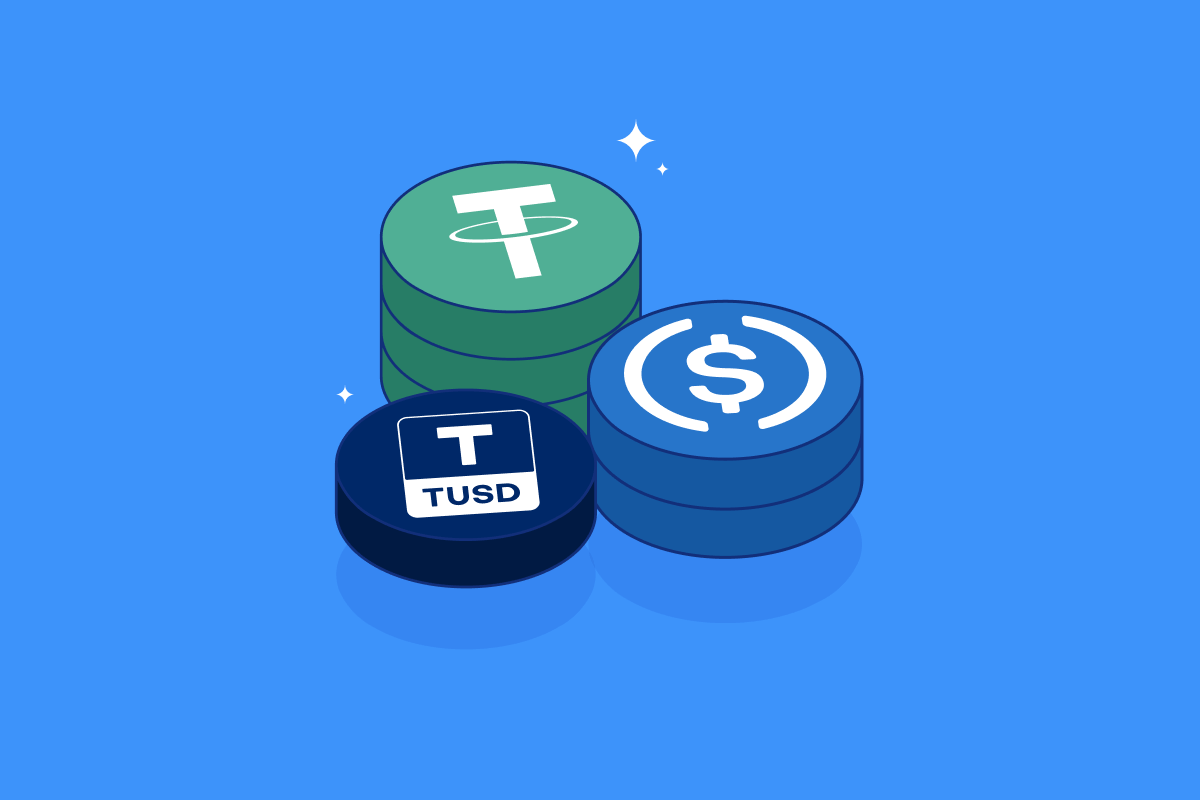Mainnet in Cryptocurrency
Introduction to Mainnet
Mainnet, short for “main network,” refers to the original and fully operational blockchain of a particular cryptocurrency. Unlike testnets, which are used for testing and development purposes, mainnets serve as the primary infrastructure for executing real transactions and smart contracts, thus being crucial for the overall functionality and reliability of a cryptocurrency project.
Importance of Mainnet
The mainnet is essential for several reasons:
- Decentralization: It enables a decentralized network where users can engage in peer-to-peer transactions without intermediaries.
- Real Transactions: Unlike testnets, the mainnet processes real transactions with actual value, impacting the economy of the cryptocurrency.
- Trust and Credibility: A functioning mainnet enhances the trustworthiness of a cryptocurrency, as it proves that the technology works as intended in a live environment.
- Smart Contracts: Mainnets allow for the deployment and execution of smart contracts, creating opportunities for decentralized applications (dApps) and services.
- Network Effects: A successful mainnet serves as a foundation for building a community of developers, users, and investors, fostering network effects that can boost the project’s value.
Mainnet vs. Testnet
Understanding the distinction between mainnets and testnets is crucial for anyone involved in cryptocurrency:
- Purpose: A mainnet is used for live environments while testnets are designed for experimentation and testing new features without financial risk.
- Token Value: Tokens on the mainnet hold real economic value, whereas tokens on a testnet are typically worthless.
- Transaction Confirmation: Mainnet transactions come with confirmation fees and may incur delays, unlike testnet transactions, which are often instant and free.
- Development and Upgrades: Mainnets require careful management of upgrades and changes, as they affect real users, while testnets can be updated frequently without major consequences.
Mainnet Launches
The launch of a mainnet is often a significant milestone for a cryptocurrency project. Below are the common phases associated with a mainnet launch:
- Initial Coin Offering (ICO): Many projects begin with an ICO to raise funds, often offering tokens on a testnet before migrating to the mainnet.
- Beta Testing: A beta phase, sometimes on a testnet, allows developers and a select group of users to test the main functionality before full launch.
- Launch Announcement: A formal announcement accompanies the mainnet launch, outlining the features, expectations, and deployment timelines.
- Token Swaps: When a mainnet launches, existing tokens on other networks may often be swapped for new tokens on the mainnet to ensure continuity and integration.
Notable Mainnets
Several notable cryptocurrencies have established their mainnets, each offering unique features and capabilities:
- Ethereum: As one of the largest platforms for dApps and smart contracts, Ethereum’s mainnet has paved the way for decentralized finance (DeFi) and non-fungible tokens (NFTs).
- Bitcoin: The original cryptocurrency, Bitcoin’s mainnet allows for secure and decentralized peer-to-peer transactions.
- Cardano: Known for its layered architecture, Cardano’s mainnet emphasizes scalability and sustainability while supporting smart contracts.
- Solana: Recognized for its high throughput and low fees, Solana’s mainnet has gained popularity in the realm of decentralized applications.
Future of Mainnets
The future of mainnets is likely to be shaped by several evolving trends:
- Interoperability: As multiple blockchains continue to emerge, the ability for mainnets to interact with each other will become increasingly important.
- Scalability Solutions: Technologies such as layer-2 solutions aim to improve transaction speeds and lower costs on mainnets.
- Sustainability Efforts: With growing concerns about energy consumption, future mainnets are likely to adopt more environmentally friendly consensus mechanisms.
- Regulatory Compliance: As the crypto space matures, mainnets will need to find ways to align with evolving regulatory frameworks.
Conclusion
In summary, the mainnet is a cornerstone of any cryptocurrency ecosystem, facilitating real-world transactions, fostering developer innovation, and establishing credibility in the blockchain space. Understanding the significance of mainnets is essential for anyone looking to dive deeper into the world of cryptocurrency. As the industry continues to evolve, so too will the capabilities and applications of mainnets, paving the way for a decentralized future.


















